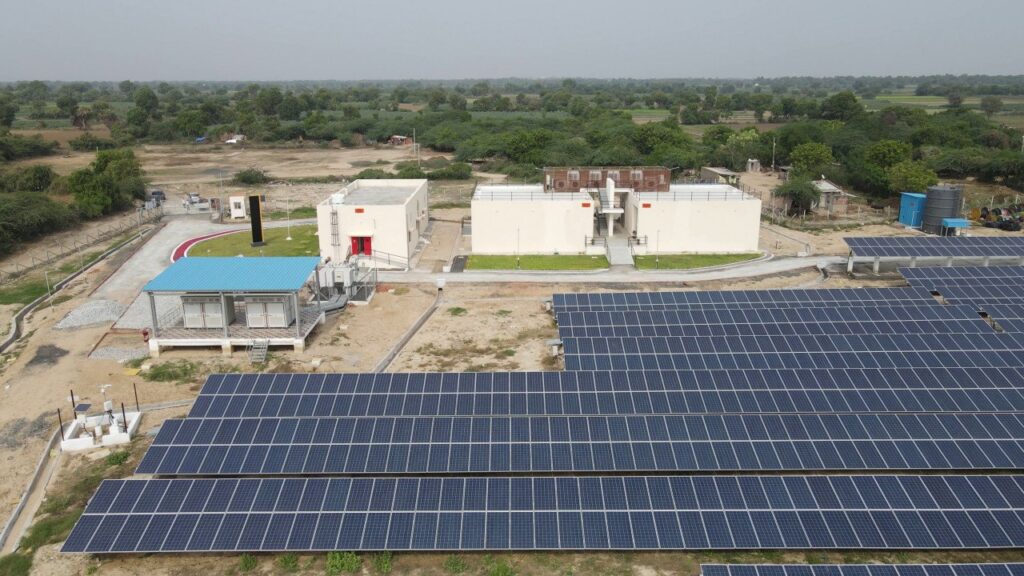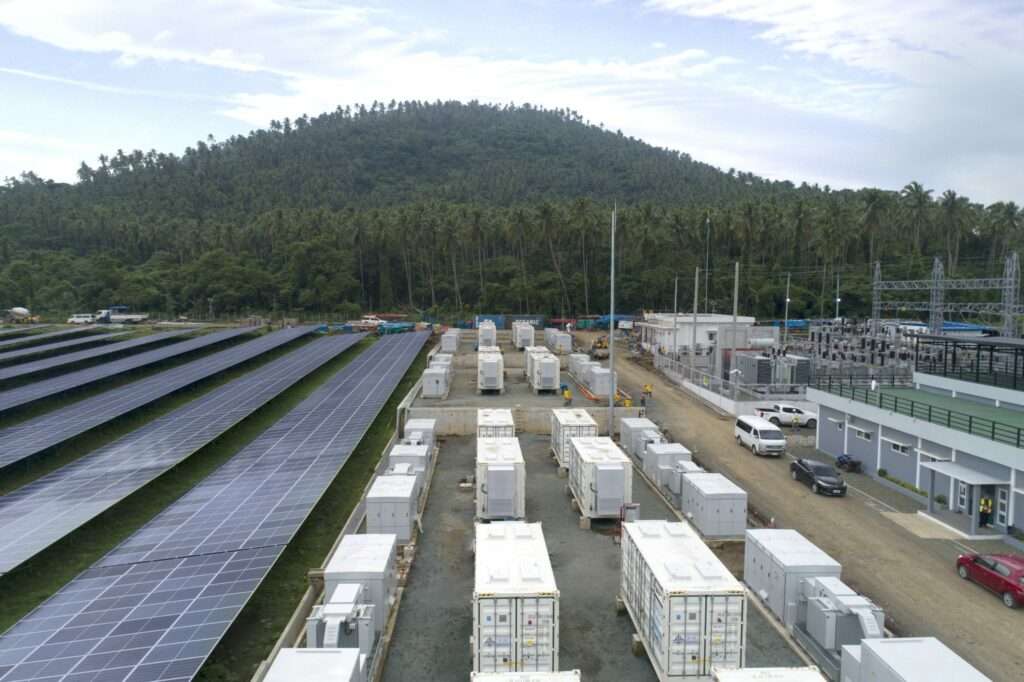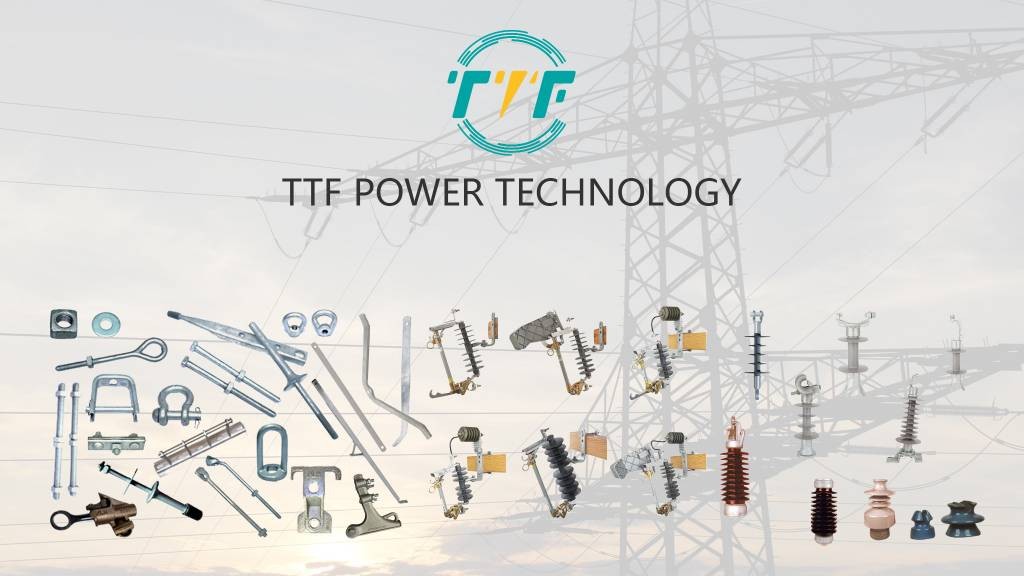
Chile is a global leader in renewable energy with abundant solar resources from regions like the Atacama Desert. The development of solar PV and solar and storage hybrid projects in Chile plays the central role in its energy transition. Chile also has favorable policies and investment in storage solutions that propel renewable energy to a growing share of the electricity mix. Given the exceptionally high solar irradiance, solar PV contributes to 25-30% of the total power supply in Chile. The adoption of energy storage projects helps address grid stability challenges and intermittency. Solar PV and solar and storage hybrid projects need extensive transmission infrastructure to connect to the grid. Armor rods help ensure the conductors in use are protected from various environmental conditions.
Notable solar PV projects in Chile include the Cerro Dominador (110 MW CSP and 100 MW PV), Sol de Lila (161 MW), and Tamarugal Solar Project (150 MW). There are solar and storage projects like the Andes Solar and Cerro Dominador thermal storage. Armor rods play a crucial role in ensuring the reliability, durability, and efficiency of the electrical grid. The rods wrap around conductors to provide mechanical support and protection. They also reinforce conductors at points where they are attached to insulators. Armor rods help ensure the transmission lines are protected from wear and tear for efficient power transmission.
Technological innovations driving renewable energy growth in Chile
Chile is on the rise to become a global leader in renewable energy with a focus on solar PV, wind, and energy storage. Technological innovations enhance efficiency, reduce costs, and ensure grid stability in Chile. Continued investments in these innovations and government support could help position Chile as a global renewable energy leader. Discussed below are the technological innovations driving renewable energy growth.

- Advanced solar PV technologies—these include bifacial solar panels, floating solar PV, and solar tracking systems. These technologies enhance the efficiency and reliability of energy production in Chile.
- Energy storage innovations—The integration of battery energy storage systems helps stabilize the grid. This is by addressing the intermittency of solar and wind energy. Technologies such as flow batteries and pumped hydro energy storage provide efficient energy backup.
- Grid modernization and smart energy solutions—this includes technologies such as high-voltage direct current transmission, AI & predictive analytics, and virtual power plants. They help reduce power losses and improve grid reliability in Chile.
- Hybrid energy systems—Chile is developing green hydrogen hubs using solar and wind power to produce renewable hydrogen. The projects integrate solar, wind, and battery storage for enhanced reliability.
The roles of armor rods in increasing renewable energy share in Chile
An armor rod is a crucial component used in overhead transmission and distribution lines. In solar PV and solar storage hybrid projects, the armor rod ensures their reliability, durability, and efficiency. The rods contribute to protecting conductors, enhancing grid reliability, reducing maintenance costs, and supporting the country’s ambitious renewable energy goals. Here are their common functions.

- Supporting grid reliability and stability—solar and storage hybrid projects rely on a stable and reliable grid to store excess energy. Armor rods help maintain the integrity of the transmission lines connecting the projects to the grid. This is crucial for integrating intermittent renewable energy sources like solar PV.
- Ease of long-distance power transmission—solar PV farms and solar and storage projects are mostly in remote areas. Armor rods are crucial for constructing long-distance transmission lines carrying electricity from remote areas to urban areas.
- Supporting Chile’s renewable energy goals—armor rods are crucial components in expanding and modernizing Chile’s grid. They help ensure the transmission lines supporting the projects are durable and reliable.
- Enhancing durability—Chile’s solar PV projects are in regions like the Atacama Desert, which face challenging environmental conditions. Armor rods help ensure the transmission lines remain operational and reliable to reduce maintenance costs and downtime.
Key challenges facing the increasing renewable energy share in Chile

Chile has made significant progress in increasing its renewable energy share through solar PV and solar and storage projects. The country, however, faces challenges that could hinder renewable energy growth. Chile must address these challenges to achieve its ambitious renewable energy targets. The key challenges include grid congestion, intermittency and grid stability, high upfront costs, permitting barriers, and resource competition. The country can address the challenges through investing in grid infrastructure, energy storage, and workforce development. These efforts will provide valuable lessons for other countries pursuing a clean energy transition.